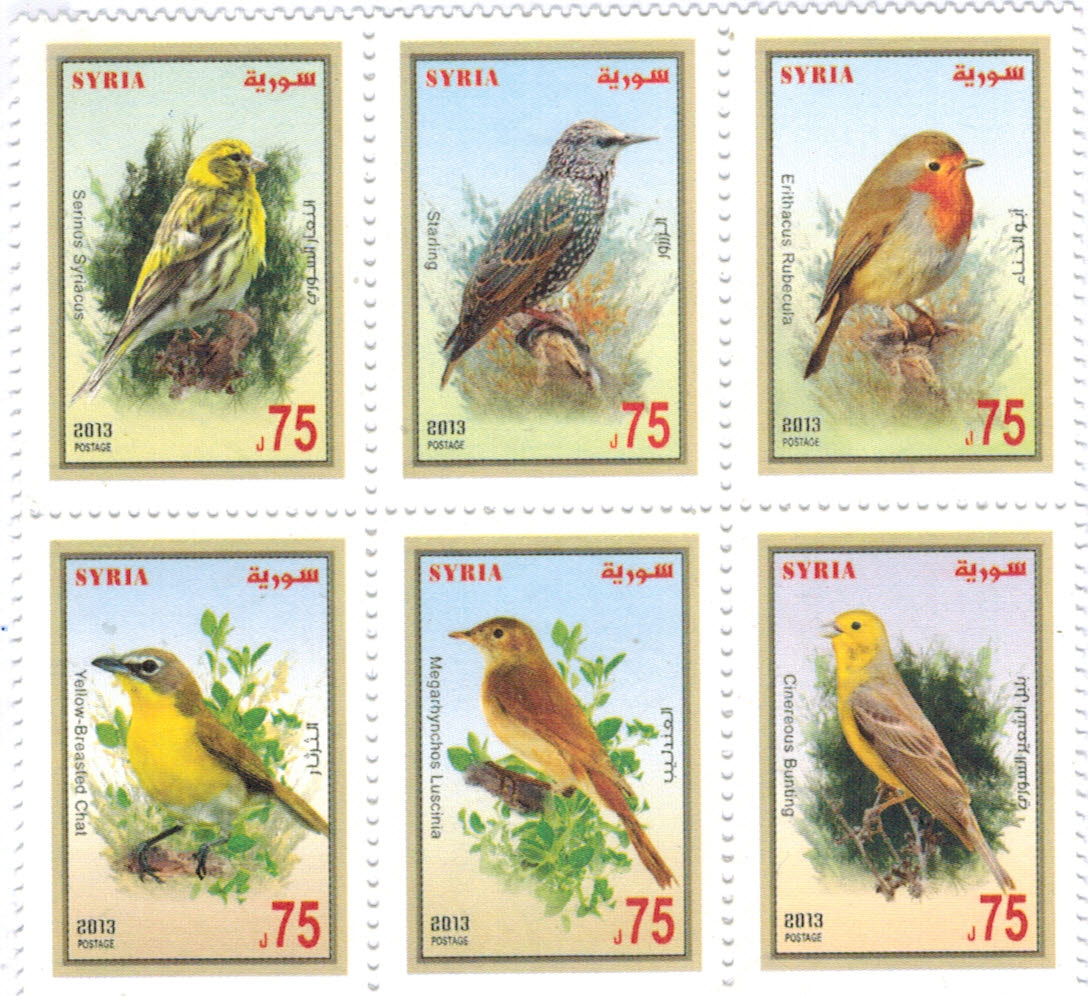A new analysis of the population status and trends of all landbirds in the continental U.S. and Canada documents widespread declines among 448 bird species — a troubling indicator of the health of these species and their ecosystems. According to the new Partners in Flight Landbird Conservation Plan, released August 15, nearly 20 percent of U.S. and Canadian landbird species are on a path toward endangerment and extinction in the absence of conservation action. Partners in Flight is a network of more than 150 partnering organizations throughout the Western Hemisphere. They include federal, state, and local government agencies, philanthropic foundations, professional organizations, conservation groups, industry, the academic community, and private individuals. Partners in Flight was founded in 1990.
In 2004, it published the results of a comprehensive assessment of the vulnerability of landbird species in the U.S. and Canada. The 2004 plan presented a Watch List that identified the species of highest conservation concern, along with a summary of their status, monitoring needs, and the first estimates of population size, leading to bold continental population objectives.
The just-released 2016 Landbird Conservation Plan Revision is an update of the 2004 plan.
The steepest recent declines are seen in grassland birds; species of aridland habitats such as sagebrush and desert scrub; and forest species dependent on sustainable forest management or natural disturbance. Partners in Flight estimates that breeding landbird populations have been reduced by over a billion individuals since 1970.
Source: Birdwatching, 23 August 2016
http://www.birdwatchingdaily.com/blog/2016/08/23/a-billion-fewer-landbi…

- Login om te reageren
